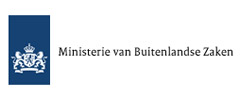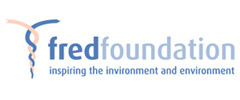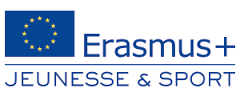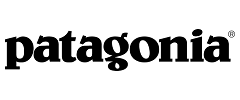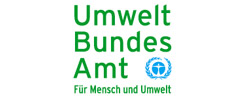Stakeholder dialogue session organised by DG Sanco, Brussels, March 22
DG Sanco presented three risk assessment committees
29.03.2007 |Sonja Haider
The presentations from DG Sanco and the Chairs of three committees clarified, how risk assessment and risk management regarding health effects are treated in the EU and how these EU bodies work.
Risk assessment is done by committees and agencies. Agencies have a clear mandate and therefore producing data due to that
- EFSA
- EMEA
- EEA
- ECDC
- ECHA – REACH, Helsinki
- EEA – European Environment Agency: Air, water, soils pollution, climate change, natural resources and biodiversity
The scientific agencies screen through existing research and literature on the basis of a specifically posed question by the commission. For every new issue/question they set up a working group made out of members of the committee and experts to the issue. All participants have to clarify at the start, if they have a conflict of interest.
If the committee decides on case-to-case basis, which participants they exclude. The members of the Working group are kept secret to save them from lobbying attempts till the opinion has been published. It is vital to have independent scientists to build up trust in the stakeholder community about the results. Nevertheless they rely on information given from industry.
- SCENIHR – Scientific Committee on New and Emerging Risks
- SCHER- Scientific Committee on Health and Environmental Risks
- SCCP- Scientific Committee on Consumer Products
These EU bodies are independent, but resolve or clarify diverging opinions. The commission promotes collaboration while respecting independence.
The objectives are
- to prevent divergent opinions
- facilitate comprehensive assessment
- exchange data and expertise
- make use of potential synergies
- ensure consistent risk assessment approach
While the committees produce opinions/recommendations, the commission (+parliament and council) take their decisions, how to manage the risk. They are not bind to follow the opinions and recommendations of the committees. Risk assessment is done by the agencies and committees; risk management is covered by the commission.
SCENIHR, Chair: J. Bridges
The scope of new and emerging health risks is broad and complex, very often in environmental issues involved. The committee consists of 12 members with an expertise in various sciences like toxicology, environmental health, epidemiology, public health, biology, physics, chemistry, engineering...
In general they work in the field of:
- chemical and biological hazards
- physical hazards
- health trends eg fertility reduction
The current issues:
- nanotechnologies
- plasticizers in medical devises
- electromagnetic fields EMF
- Smokeless tobacco products
How they interact with stakeholders
- call for information (eg plasticizers in medical devises
- invite presentations
- public consultation based on initial opinion
SCCP Scientific Committee of Consumer Products, Chair Dr. White
This committee works mainly for Cosmetics directive. It consists out of 17 members.
Current issues:
- Sun beds
- Hair dyes
- nano in cosmetics
SCHER Scientific Committee on Health and Environmental Risks, Chair: Helmut Greim
Chemicals, biochemicals and biological compounds
18 members with broad expertise
Current Issues:
- indoor air
- alternatives to animal testing














